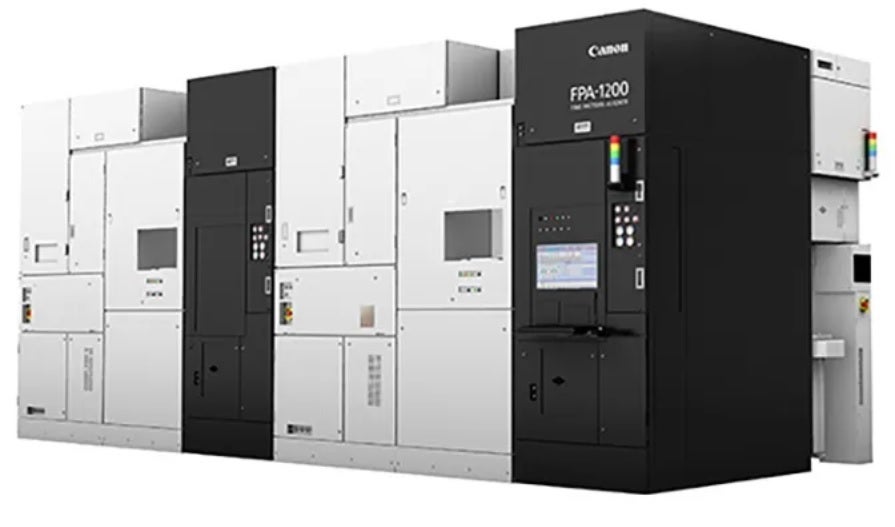
That is vital as a result of as the method node quantity drops, the transistors used on those chips change into smaller permitting extra of them to be shoehorned inside of a chip. And the bigger the choice of transistors inside of a chip, the extra robust and/or energy-efficient that chip is.

Cannon’s NIL device may just lend a hand China’s SMIC produce 5nm chipsets for Huawei
But when Canon is not banned from delivery NIL machines to SMIC, hastily the foundry may be able to produce 5nm chips bringing the rustic nearer to the 3nm elements that TSMC and Samsung Foundry are rolling off their meeting line this 12 months. TSMC’s 3nm node is already used to supply the A17 Professional software processor (AP) used with the iPhone 15 Professional line.
Talking to The Monetary Instances, Richard Windsor, the top of study corporate Radio Unfastened Cellular, stated, “If nanoimprint generation used to be a awesome generation, I feel it might were up and operating by means of now and available in the market in quantity.” Whilst he could be proper, there might be not anything that forestalls SMIC from seeking to make NIL paintings in order that it could possibly construct 5nm Kirin chips for Huawei. In the end, Hiroaki Takeishi, leader of Canon’s Optical Merchandise Operations, informed the Monetary Instances that NIL generation will permit for the advent of straightforward, cheap, state-of-the-art chips. That sounds precisely like what SMIC has in thoughts.
Present U.S. export laws save you foundries the usage of American generation from delivery state-of-the-art chips to Huawei with out acquiring a license and Takeishi says that he’s longing for Canon to start out delivery its NIL machines in 2024 and 2025.